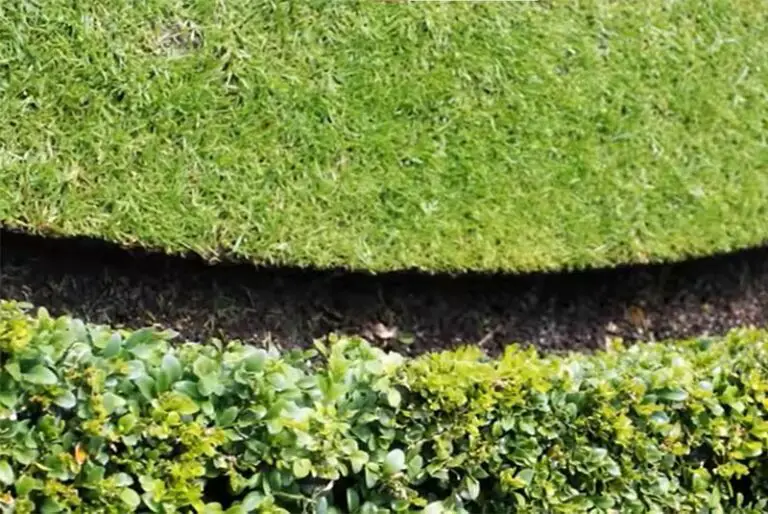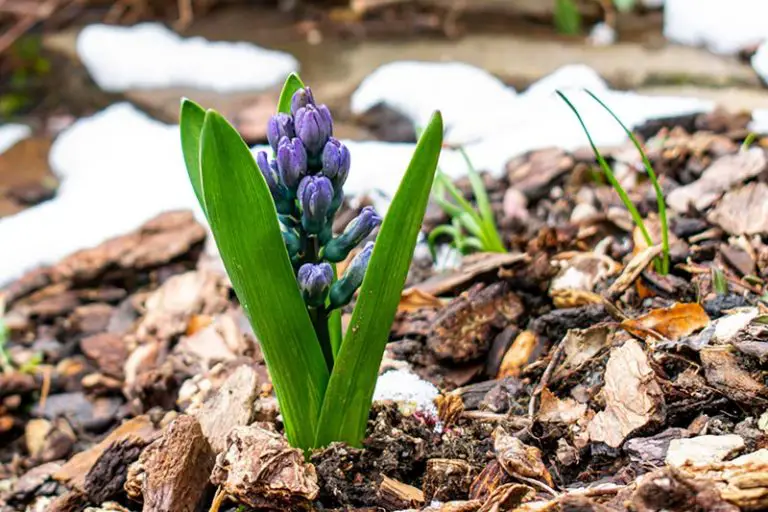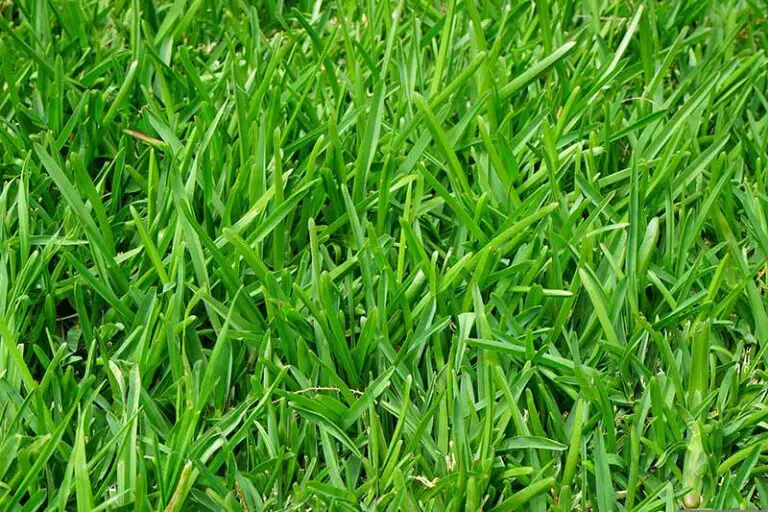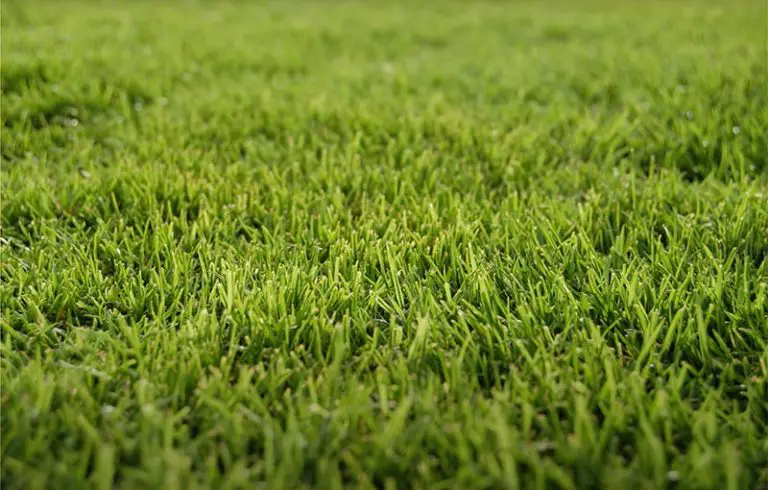Growing Grass in Sandy Soil: A Complete Guide
Sandy soil can be a challenging soil type to grow grass in. The structure of this soil type means that it struggles to hold onto water and nutrients well, which is a crucial requirement when trying to grow grass or maintain a mature lawn. However, with the right maintenance, seed type, and planting method, it’s entirely possible to grow a thick, green lawn in sandy soil.
To grow grass in sandy soil, it’s best practice to first top dress the soil with organic matter to amend the water and nutrient retention properties of this soil type. You should sow a suitable grass species for sandy soil, and finish the process by covering the seeding area with a layer of mulch. Proper watering, mowing, and fertilization are necessary to maintain grass in sandy soil long-term.
What is Sandy Soil?
Sandy soil is a soil type made up of gritty sand particles. This soil type is typically found in coastal areas or desert landscapes. The sand particles in sandy soil originated as larger rocks that have been reduced in size from a long process of erosion.
Compared to other soil types, like silty, clay-heavy, and loamy soil, sandy soil contains relatively large soil particles. Due to this structure, sandy soils are naturally well-aerated. They warm up quickly under sunlight and are fast-draining, but have the poorest water and nutrient retention properties out of all of the soil types.
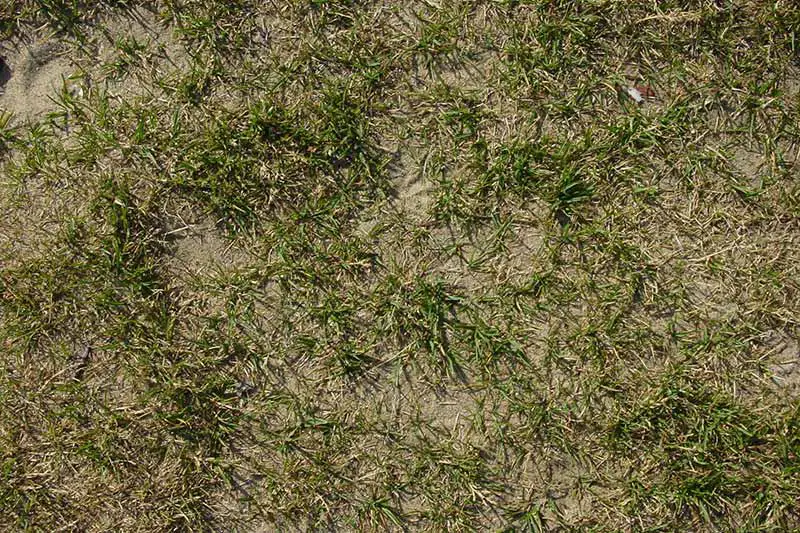
Best Grass Types for Sandy Soil
We have listed four of the best grass types for sandy soil below.
Tall Fescue
Tall fescue is a perennial cool-season grass type. This grass is highly adaptable and will grow well in a range of conditions, including sandy soil. It is best suited for sandy lawns in the northern regions of the US.
Tall fescue is slow growing and typically requires little maintenance to stay healthy. Due to its deep root structure, this grass has excellent water retention properties and is therefore highly resistant to drought. However, take note that tall fescue doesn’t spread, as it is a bunch-forming grass type. The best varieties of tall fescues for sandy soils are red and hard fescue.
Zoysia
Zoysia grass is a warm-season grass type. This grass is best for sandy lawns in the transition zones of the US as it is tolerant to both cold and heat.
When it matures, zoysia grass forms a lush, dense lawn that is highly resistant to foot traffic; this is thanks to the extensive root system that zoysia grass develops. It will thrive under full sunlight, but there are some variations that will grow well in shaded areas. Zoysia grass will turn dormant over the winter but recovers back to full health quickly in the spring and summer.
Bermuda Grass
Bermuda grass is a warm-season grass. This grass type is ideally suited to grow in sandy soil as it specifically requires well-drained soils with a lower water content. It will also grow well in clay-heavy soils due to its deep, robust root system. Bermuda grass is a great choice for states in the transition zones in the US.
Compared to other warm-season grass types, Bermuda grass grows relatively quickly once it matures. It will form a dense turf with excellent resistance to drought and cold. However, Bermuda grass has a low tolerance for shade and requires full direct sunlight throughout the day. It will turn dormant in winter, but will recover quickly when temperatures warm up again.
Bahia Grass
Bahia grass is a perennial warm-season grass. This grass type has a deep root system, making it well-adapted to grow in a range of conditions, including sandy soil.
Due to this deep root system, Bahia grass has a high tolerance for heat and drought. It is therefore relatively easy to maintain as it has lesser requirements for water. The drawback of this grass type is that it doesn’t produce an overly dense lawn.
How to Grow Grass in Sandy Soil
You’ll need to prepare and amend your sandy soil before sowing your grass seed. After planting, it’s best to cover the new seeds with a layer of mulch.
1. Prepare Soil
Start by preparing the soil in the planting area for seeding. Walk around the soil and remove all visible debris, such as rocks, weeds, and sticks. If you have to use a weed killer to get rid of weeds, remember to leave enough time between the weed killer application and planting.
2. Till Soil
Next, you will need to further prepare the planting area by tilling the soil. Using a spade or rototiller, break up the sandy soil to a depth of about 8 inches. Use your tool to break up any large clumps of soil until the soil is finely tilled.
3. Add Organic Matter to Soil
Before sowing your seed, it’s a good idea to add organic matter to the soil. Spread 3 to 4 inches of compost, peat moss, or well-decomposed manure into the planting area, tilling it into the soil to a depth of 6 to 8 inches. This is an important step when trying to grow grass in sandy soil; the organic matter improves the soil’s structure, improves its nutrient and water retention properties, and adds nutrients and microorganisms to the planting area.
4. Apply Starter Fertilizer to Soil
This is also a good stage to add a starter fertilizer to the planting area. Mix an appropriate starter fertilizer into the upper 4 inches of soil. Use a fertilizer ratio of 5-10-5, spreading it at 10 pounds per 500 square feet of soil, or 10-20-10, spreading at 5 pounds per square foot.
5. Sow Grass Seed
After preparing and amending your soil, you can start sowing your grass seed. Application rates vary between seed mixtures, so you’ll need to find out the application rate for your chosen grass seed; this will be printed on the label of the seed bag.
Take the recommended seeding rate and divide it in half, then set your broadcaster spreader accordingly. Sow the seed in two applications by first walking in vertical strips across the soil, then again in horizontal strips. This is to ensure you sow the seed as evenly as possible throughout the planting area.
6. Rake Planting Area
Once you’ve finished sowing the seed, use a rake to gently work the seed into the top 1/16 inch of soil. This is to improve seed to soil contact, and also to protect the seed from being blown away or eaten by birds.
7. Cover Seed With Mulch
To further protect your seed, cover the planting area with a layer of mulch such as peat moss or straw. Apply your mulch sparingly so the layer only covers 50 percent of the overall soil surface.
Watering New Grass in Sandy Soil
When growing grass in sandy soil, watering is the most crucial aspect of your lawn care activities. You’ll need to keep the grass seeds consistently moist throughout the first two weeks from planting to sustain the germination process.
As sandy soils have poor water retention properties, they typically require more frequent watering sessions than other soil types. In the first two weeks of germination, water the planting area daily. Water at least once per day on overcast days, and multiple times throughout the day when it’s sunny. Never allow the planting area to dry out over these weeks.
When the grass seeds finish their initial stages of germination, you’ll need to continue with a regular watering schedule to encourage the continued growth of your grass. Reduce the frequency of your water sessions while increasing the depth to which you water. For deep root growth, water the lawn to a depth of 6 to 8 inches.
Mowing New Grass in Sandy Soil
Mowing your new grass at the right time is also key to encouraging its healthy development. With that said, it’s important to take care with your mowing schedule, especially when growing grass in sandy soil.
When you let your grass grow longer, it encourages the grass plants to grow longer roots. In turn, this improves the grass plant’s uptake of water. This is especially beneficial in sandy soils as they naturally have worse water retention properties. Therefore, it’s better to let your grass grow longer and to mow the grass at a taller height.
Generally speaking, the best height to cut grass in sandy soils is 3 inches. Also, always remember to follow the ⅓ rule when mowing; this rule dictates that you should never remove more than ⅓ of the grass blades’ total height each time you mow. Taking any more than ⅓ of the grass blades’ height in one go will weaken the grass plants and encourage them to grow shorter roots.
Fertilizing Grass in Sandy Soil
Following the steps in our method, you should have added an application of starter fertilizer during the seeding process. You’ll need to continue with a regular fertilization schedule to keep the new grass healthy throughout germination.
Fertilization is important when growing grass in any soil type, but it’s particularly crucial when trying to grow grass in sandy soil. As we’ve already discussed, sandy soils have a harder time holding onto nutrients compared to other soil types. This means sandy soils have a higher requirement for fertilization at each stage of the grass’ growth.
You’ll need to fertilize new grass more often than the typical fertilization schedule for mature grass. Generally speaking, it’s best to fertilize new grass in sandy soils once per month throughout the growing season. Use a well-balanced fertilizer with a ratio of 10-10-10, applying it to the planting area at a rate of 10 pounds per 1000 square feet. To further encourage grass growth in sandy soil, add an additional nitrogen-only fertilizer at 1 pound per 1000 square feet between applications of the balanced fertilizer.

